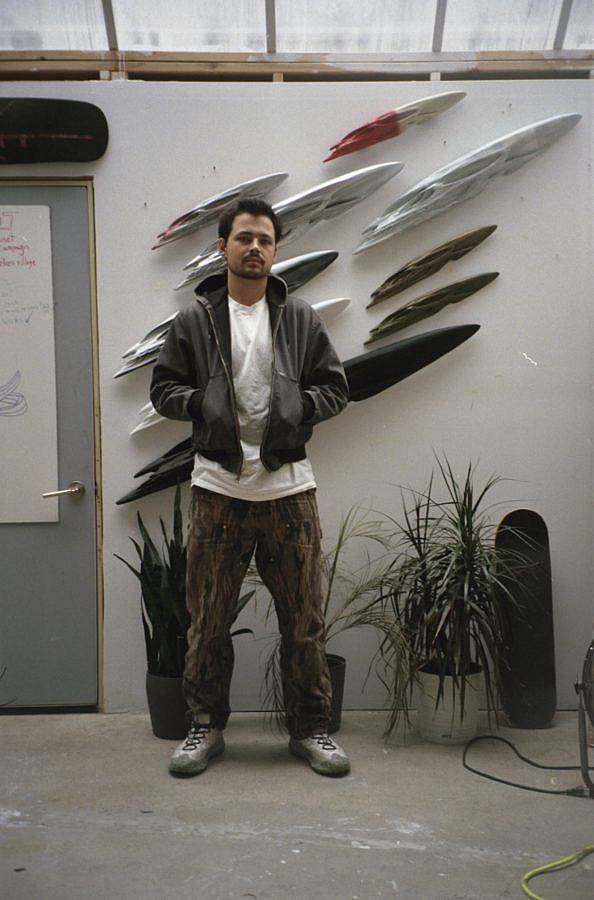Tell us a little bit about yourself and what you do.
I’m James Langford, I’m an artist and designer from Chicago that currently lives in Cambridge, MA.
Could you describe your practice as well as a bit of your process?
My studio practice revolves around the central question: “What makes something handmade?” I start with a (usually used) object I find enticing and research its manufacturing process, focusing on the moments where the human hand is most present. I then use the object as a medium to zoom in on those moments and speculate about it’s past, present, and future. I like the idea that we can take mass produced objects and through our process of using and caring for them, make them one-of-a-kind.
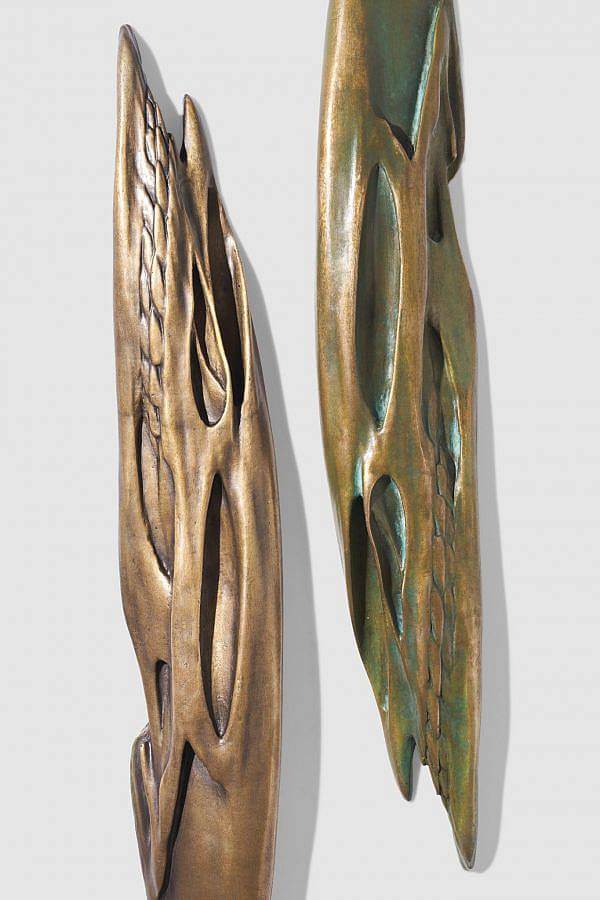
What is influencing your work right now?
The most recent show that wowed me was Willie Cole at Kavi Gupta. I also recently became aware of the Ningbo Museum in China by Wang Shu, a history museum built out of the rubble of the old villages that used to inhabit the site. The builders had to reach back to traditional craft techniques to create a modern yet one-of-a-kind built work. It’s nice to see architects today battle against homogeneity by making vernacular work.
You work with materials ranging from military surplus garb, baseball gloves, to a variety of scraps. Where does this interest stem from for you and how do these material choices inform your practice? What does it mean to repurpose such tactile and utilitarian materials within art?
These materials were all manufactured en masse, yet all have a history of use that makes each one-of-a-kind. I’m interested in all the moments that make them unique, like the signed names and phone numbers, rips and tears, and discolorations from the sun and friction. I use those flaws for the humanity they would give to otherwise sterile objects, and emphasize them by juxtaposing them on top of one another.
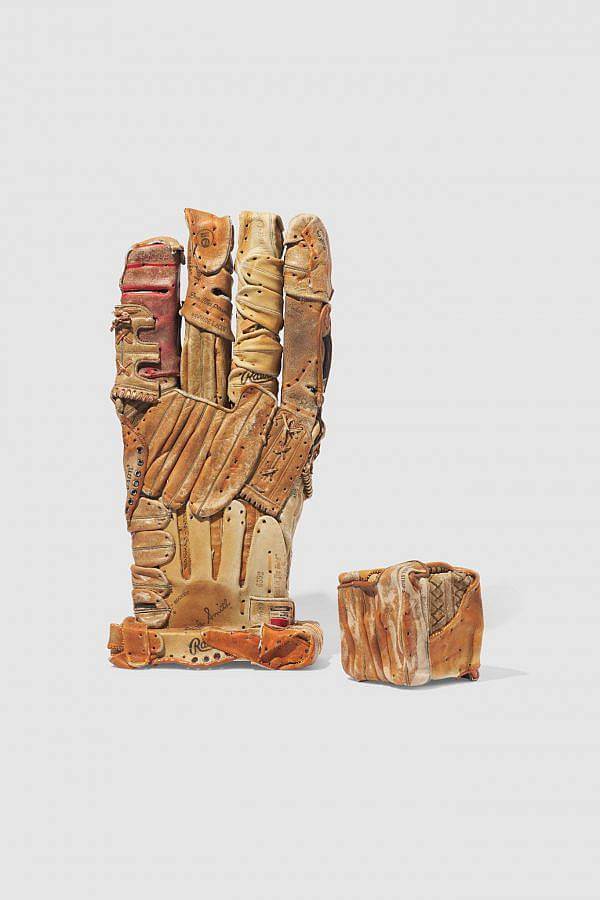
On top of sculpture, there’s a heavy presence of design, furniture, architecture and clothing in your practice. How do these varying practices feed into each other for you and push you as an artist and maker?
Design, and specifically the way I can utilize software and robotic fabrication is something so unique to our current era. The leaps and bounds technology has evolved even since I learned photoshop in high school is astounding. However there is often a regularity required in the starting materials when using these types of tools in fabrication. 3D printers require manufactured filament, CNC routers need plywood or foam. With my series of stuffed chairs, I’m trying to incorporate the irregularity of found materials into a style of digital-to-physical making that I haven’t seen before. While working on that series, I was also working on art works. With my anamorphic skull series, I rethought a piece of subject matter from art history (the memento mori in Holbien’s “Ambassadors”) and recreated it using 21st century digital modeling techniques. I took the resulting form and then fed it back through the highly bespoke foundry, creating the dialogue with the past. Despite telling different stories, the zoomed out goals of each series are both to create a conversation between material, process, and history.
As a maker with and emphasis on object, how do you define what an object is? Do you believe in a perfect object or are you trying to make it?
I often work in series, creating iterations on one central idea and attempting to explore different facets of it with each piece. Some pieces in a series may be more successful than others, but each one is valuable in its own way. That being said, I like to think I create machines for making rather than objects themselves. To quote my old boss Greg Lynn, “The project is to solve the problem between the one and the many – how to make a generic thing and 50,000 variations of a generic thing. I’m not making 50,000 to pick the best – I’m making 50,000 because I’m going to make 50,000 perfect ones.”
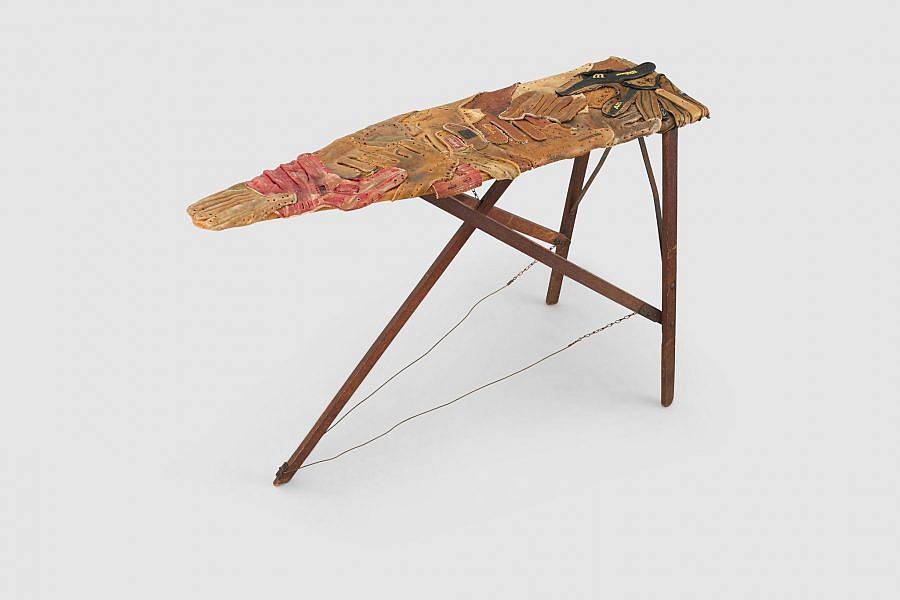
What are the main motifs in your work?
Past, present, and future of a medium.
You and your collaborator Larry Tchogninou run a design project called Points of Sail. Can you talk about this project and its history a bit?
Points of Sail was born after Larry and I were both invited to join Virgil Abloh’s Nike Re-Creation Center as his mentees in 2019. For our final projects, we both created furniture, which sparked the conversation about collaborating. Originally it was going to be a one-off-collection of a CNC routed living room set, but we developed a close friendship throughout the process and wanted to explore more collaborations after it’s release. We’ve since made another furniture collection, a couple standalone pieces, and a concrete boat. We’ve also evolved into a commercial and interiors agency, having designed the interior of In Good Spirits in Chicago, and the ComplexCon booth for Jae Tips 3 years in a row.
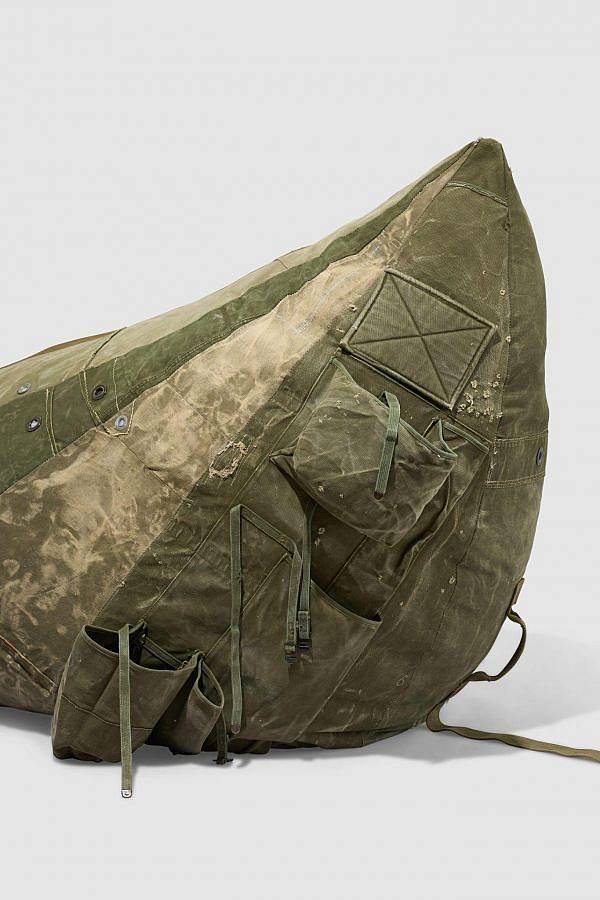
What are some recent, upcoming or current projects you are working on?
I just began my graduate program in architecture at the Harvard Graduate School of Design, so I’m mostly excited to dive into my studies right now.
What do you want a viewer to walk away with after seeing your work?
Respect for the objects in their life that they leave a piece of their soul with.
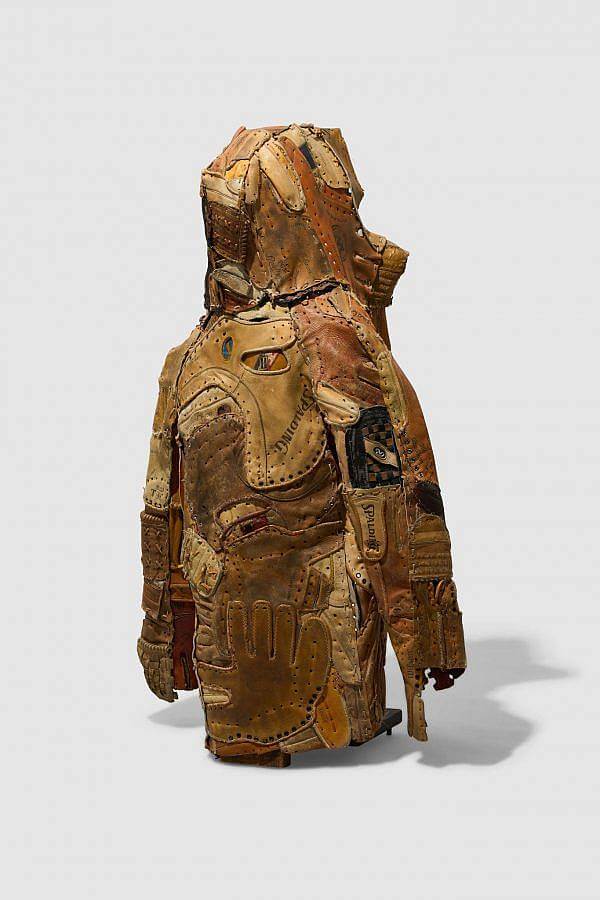
Interview conducted by Lily Szymanski and edited by Liam Owings
